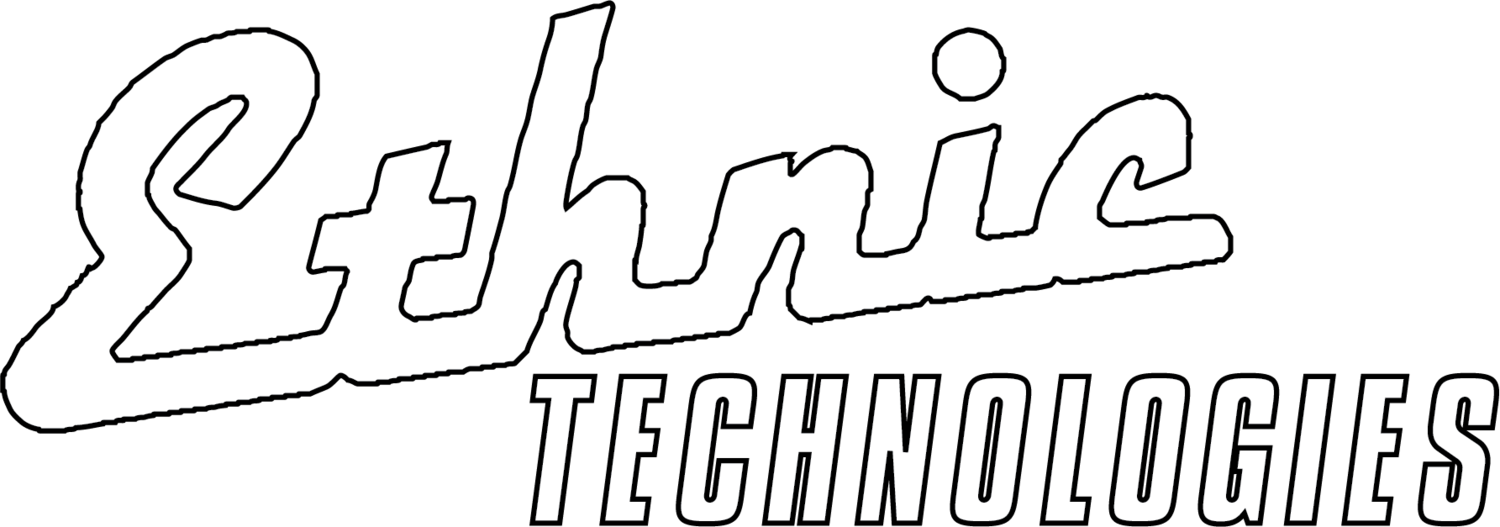By Joanne Villavieja
In 1967, the Supreme Court officially legalized interracial marriage in the United States. According to the Pew Research Center, 1 in 6 marriages in 2015 were people married to someone of a different race or ethnicity. The article states: “This reflects a steady increase in intermarriage since 1967, when just 3% of newlyweds were intermarried.” For metropolitan areas, this statistic is even higher. Because of their diversity, places such as Honolulu, HI and Las Vegas, NV, have intermarriage rates as high as 42% and 31%, respectively. Pew Research has also provided an interactive map that shows areas of the US that have the highest and lowest rates of intermarriage, along with a chart that describes that percent for specific race categories. For example, in Honolulu, 34% of White people and 32% of Asians are married to someone outside of their race. In Las Vegas, 26% of White people and 30% of Hispanics are married to someone outside of their race.
What do these statistics mean? Clearly intermarriages have become way more popular within the past 50-60 years. Because of this, the picture of the modern-day family is now more diverse than it once was. In 2015, one-in-seven U.S. infants (14%) were multiracial or multiethnic, according to Pew’s analysis of Census Bureau data. These days, several cultures often come together under one household, and one of the ways that you can spot this is in the way children are named. Parents coming from different cultures may want to have those identities represented in the names of their child or children.
“How does one come up with a multicultural name?” Common considerations when choosing a name are things like: Does it sound nice? Does it have a good meaning? What are some possible nicknames? When working with more than one language and culture there are even more questions to think about. Multicultural parents need to ask: “Does this sound nice in both languages? Does it have a good meaning in both languages? Multicultural families tend to have different languages involved in the family’s daily life. Ideally, children’s names should blend easily into these languages. For some languages this is easier than others, and this is because of the phonemes, or the “sound vocabulary” that is shared between them. More on phonemes and which languages share what sounds will be visited in later parts of this series.
According to this article from the Census: “The largest Multiracial combinations in 2020 were White and Some Other Race (19.3 million), White and American Indian and Alaska Native (4 million), White and Black or African American (3.1 million), White and Asian (2.7 million), and Black or African American and Some Other Race (1 million).” The article goes on to talk about how in the 2020 Census, improvements were made to the question design and data processing, allowing for a more accurate portrait of how citizens of the country identify. This revealed that the picture of America is much more diverse than ever anticipated.
Since the majority of the multiracial population according to the 2020 Census were found to be White and American Indian/Alaska Native, this series of delving into multicultural naming will begin with examples of given names that have both English and Native American roots. Here are some popular first names that have roots in both cultures:
“Winona” comes from Sioux origin, meaning “first daughter”.
“Nina” comes from Kichwa origin, meaning “fire”
“Kai” comes from Navajo origin meaning “willow tree”
“Dakota” comes from Sioux origin, meaning “friend”
“Mika” comes from Sioux origin, meaning “raccoon” (also Japanese)
“Poloma” comes from Choctaw origin, meaning “bow” (also works in Spanish)
It can be noted that the last two names from this list are also popular names in Japanese and Spanish (Mexican variant spelling “Paloma”), respectively. Names can have meanings and uses in as many languages as possible, as long as the sounds are shared or at least easily translatable. More examples of this will be discussed in subsequent parts of this series. To learn more about what cultural significance your audience’s names’ can have, use the latest version of the ETech software to help you gain more knowledge in your marketing!






